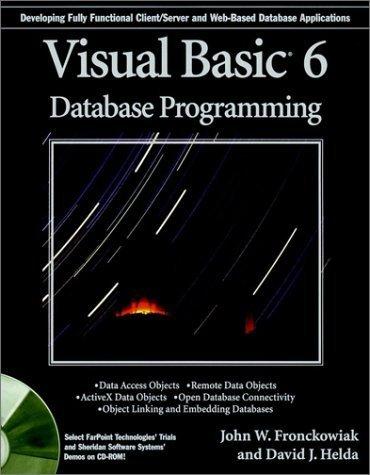Question
input ={87,64,94,100,83,78,85,91,76,87} //not from user output = grade distribution: 00-09 10-19 20-29 30-39 40-49 50-59 60-69 * 70-79 ** 80-89 **** 90-99 ** 100 *
input ={87,64,94,100,83,78,85,91,76,87} //not from user
output = grade distribution:
00-09
10-19
20-29
30-39
40-49
50-59
60-69 *
70-79 **
80-89 ****
90-99 **
100 *
the following is my code. What am I doing wrong with my switch case?
class Main {
/* create a program that will allow a profesor to see his students
grade distribution from the last test.
steps:
1. take in all the grades or make an array that places the value of how many students hit a grade in that index grouping meaning index 1 = 100 if index 1 value equal 3 than 3 students got 100 if there are grades in index 2 then they group together grades between 20 -29 and so on
2. tally when a grade falls into a grouping
3. group all the grades to allow groups to represent letter grades (assuming that there are no - or + )therfore 100 = 100 90-99 = A 80 - 89 = B and so on...
therfore 0,1,2,3,4,5,6,7,8,9 can represent each letter grade if multiplied by ten
*/
public static void main(String[] args) {
int [] arr ={87,64,94,100,83,78,85,91,76,87};
int [] newArr = new int [10];
for(int i = 0; i < arr.length ; i++){
//int gradeGroup = 0;
//System.out.println("grade group"+gradeGroup);
if(i == 10)
{
System.out.printf("%5d%n", 100);
}else{
System.out.printf("%d-%d%n", i * 10, i * 10 + 9);
}
for(int j = 0; j < arr.length; j++){
switch(arr[j] / 10){
case 0 : System.out.printf("*");//int a = a += 1; newArr[0] = a;
break;
case 1 :System.out.printf("*");//int b = b += 1; newArr[1] = b;
break;
case 2 :System.out.printf("*");//int c = c += 1; newArr[2] = c;
break;
case 3 :System.out.printf("* %n");//int d = d += 1; newArr[3] = d;
break;
case 4 :System.out.printf("*%n");//int e = e += 1; newArr[4] = e;
break;
case 5 :System.out.printf("*%n");//int f = f += 1; newArr[5] = f;
break;
case 6 :System.out.printf("*%n");//int g = g += 1; newArr[6] = g;
break;
case 7 :System.out.printf("*%n");//int h = h += 1; newArr[7] = h;
break;
case 8 :System.out.printf("*%n");//int k = k += 1; newArr[8] = k;
break;
case 9 :System.out.printf("*%n");//int l = l += 1; newArr[9] = l;
break;
case 10 :System.out.printf("*%n");//int m= m += 1; newArr[10] = m;
break;
default : System.out.println("wrong");
}
}
}
}
/*int[] c = new int[10];
System.out.printf("%s%10s%n", "index", "value");
System.out.println("_____________________");
for(int counter = 0; counter < c.length; counter++){
System.out.printf("%2d%12d%n", counter, c[counter]);
if (counter >= (c.length -1)){}
else{
System.out.println("_____________________");
}
}*/
}
Step by Step Solution
There are 3 Steps involved in it
Step: 1

Get Instant Access to Expert-Tailored Solutions
See step-by-step solutions with expert insights and AI powered tools for academic success
Step: 2

Step: 3

Ace Your Homework with AI
Get the answers you need in no time with our AI-driven, step-by-step assistance
Get Started


